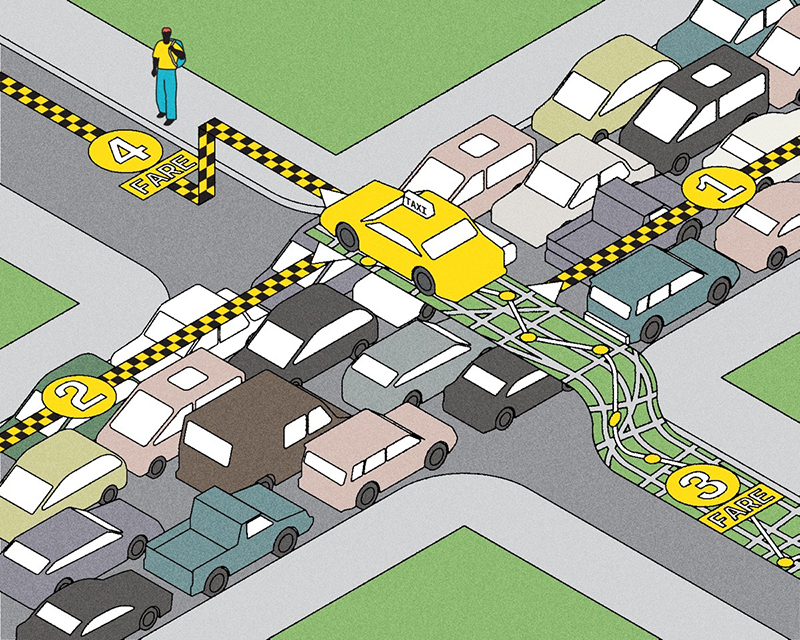In principle, a well-designed and well-documented experiment will accurately describe a real phenomenon and provide other researchers with everything they need to reproduce those results in a comparable study.
To replicate an experiment, researchers use the same methods of data collection and apply the same analysis, even though they have to use new subjects, often in somewhat different situations. Subjects may be generally older or younger, for example, or from a different country.
While later tests can’t possibly be identical to the original, they need to be similar enough to yield comparable data.
Concepts like “similar enough” and “comparable data” involve a level of subjectivity that adds to the controversy around replication. When a study fails a replication attempt, defenders often question whether the followup truly reflected the original. Researchers help to resolve such debates when they openly share their data and methods.
Recent Posts
People Worry That AI Will Replace Workers. But It Could Make Some More Productive
These scholars say artificial intelligence could help reduce income inequality
A Sentinel for Global Health
AI is promising a better – and faster – way to monitor the world for emerging medical threats
The Age of Deception
AI is generating a disinformation arms race. The window to stop it may be closing




